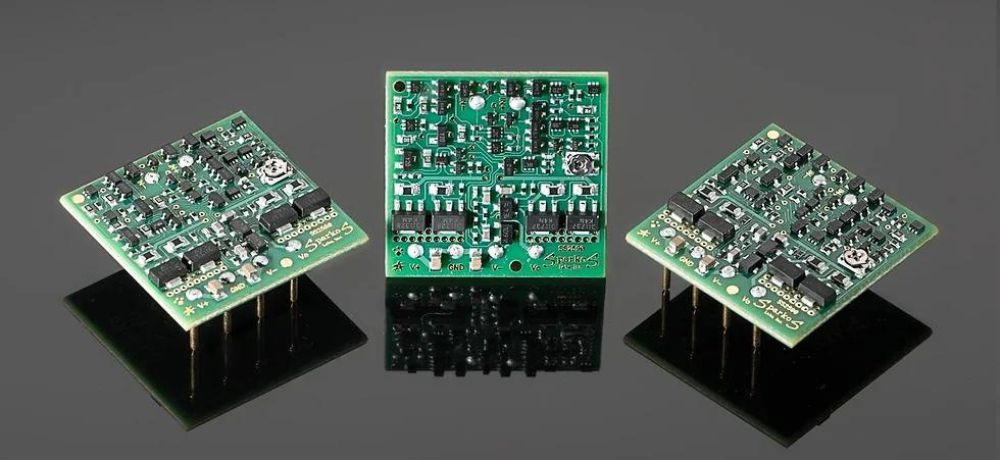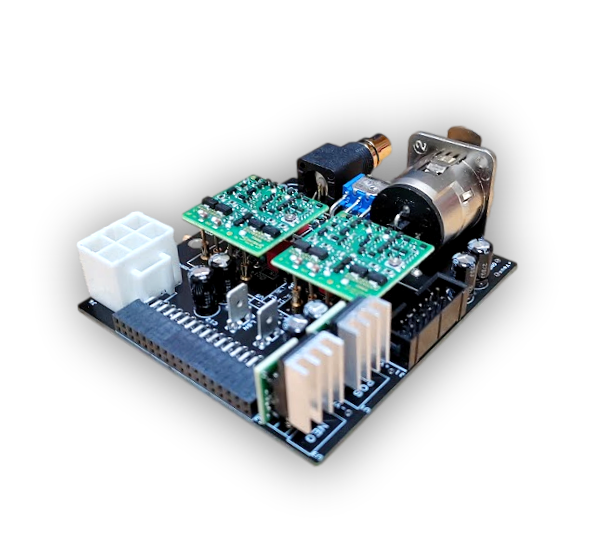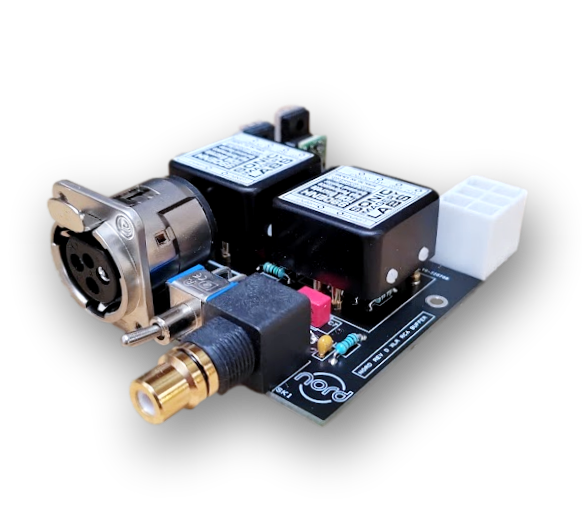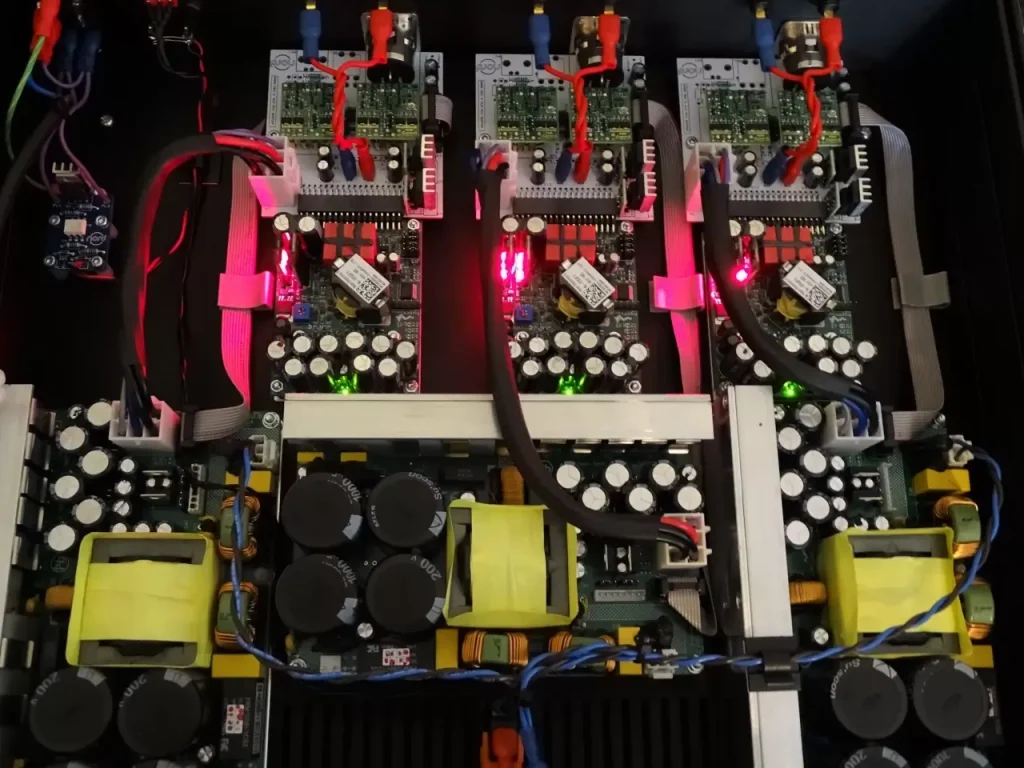The 990 is slightly more open and accurate than the Sparkos 2590 but the difference is less than the previous Op Amps 994 and SS3602. And still has a warm and accurate Class A sound was our favorite but I just bought JBL 4367 speakers for the dem room which are quite forward, I now prefer the Sparkos, but its close either are superb.
The Model 990Enh-Ticha is a high performance discrete operational amplifier designed for professional audio application areas where ultra-low noise, low distortion and highly linear uncolored operation is required. It was designed as a high performance upgrade replacement for the Jensen JE990, Automated Processes Inc. API-2520, John Hardy Co. 990A-990C, FiveFish Studios DOA series, Seventh Circle Audio SC10, SC25, SC99, and Avedis Audio 1122 op-amp gain block. The pinouts conform to the 990 package, allowing direct replacement.
If the user is upgrading or replacing vintage or retro-clone gear, take note of the pin length required for your particular application. Older gear typically used modules with 0.480 to 0.510 inch long 0.040 pins. Sonic Imagery Labs offers this longer pin length variant at no additional charge. See the Model 990Enh-Ticha and 995FET-Ticha
The all-discrete SMT design is similar to the JE990 basic topology but has been completely redesigned to use an ultra-precision differential super-matched transistor pair specifically designed to meet the requirements of ultra-low noise, ultra-low THD, highly linear uncolored audio systems. In addition to the enhanced input stage, the 990Enh-Ticha uses high precision temperature stable power supply independent current sources. Supply independent current sources allow the bias to remain locked at the optimum operating point regardless of power supply voltage.
Dual matched pair temperature stable current mirrors, dual matched pair active current loads give the Model 990Enh it’s outstanding power supply rejection performance. The enhanced low distortion Class-A output driver stage can sink or source 250mA allowing this module to drive transformers easily.
Integrated power transistor heatsinks coupled to a anodized aluminum enclosure keeps the 990Enh-Ticha operating within a wide SOA and does not suffer from Beta droop when driving heavy iron or heavy loads. Each amplifier is fully tested and meets or exceeds published specifications.
Because of the 990Enh high current drive capability, supporting circuitry impedances can be scaled down within the application circuit. This can reduce the overall system noise, without increased distortion and provides higher headroom compliance performance.
Sonic Imagery Labs also can provide a variation of this model that can operate down to ±4.5V for low power low voltage applications. Contact us and ask about the Model 990LV-Enh-Ticha.






